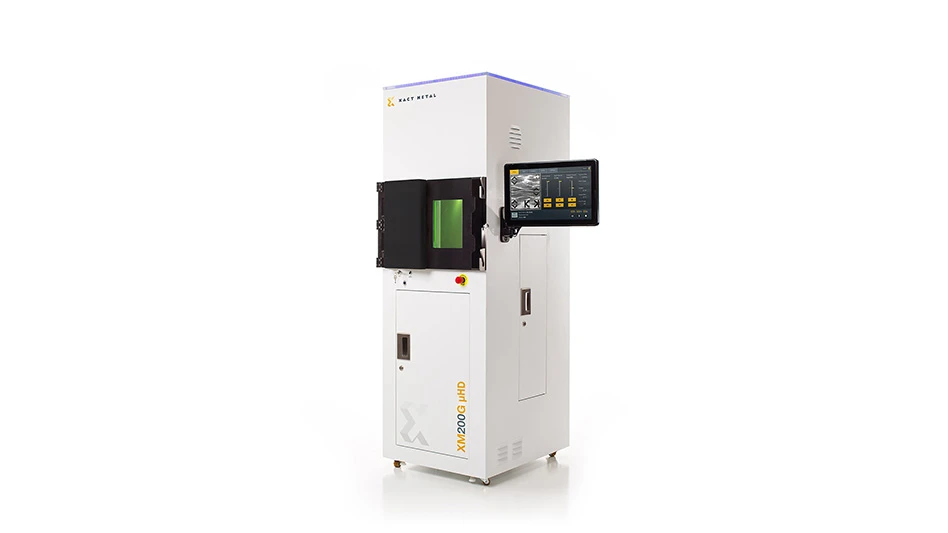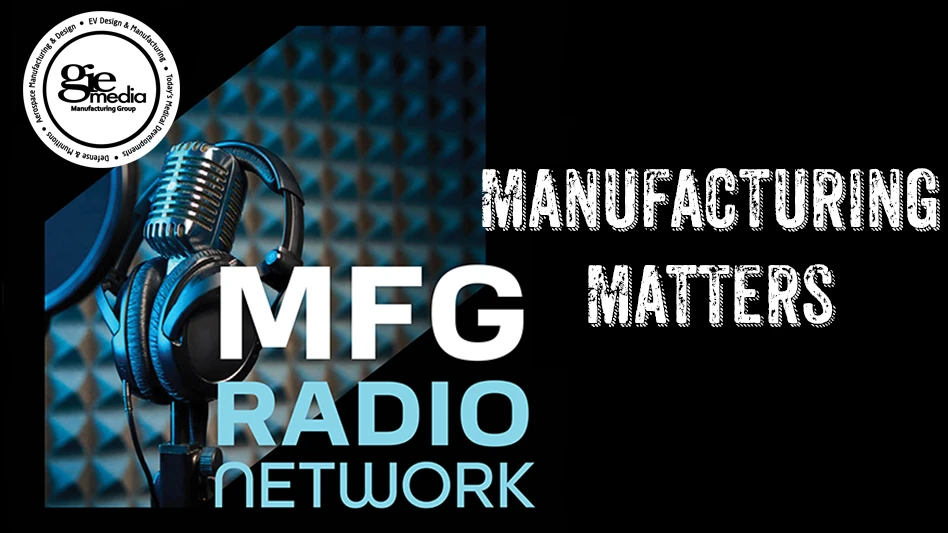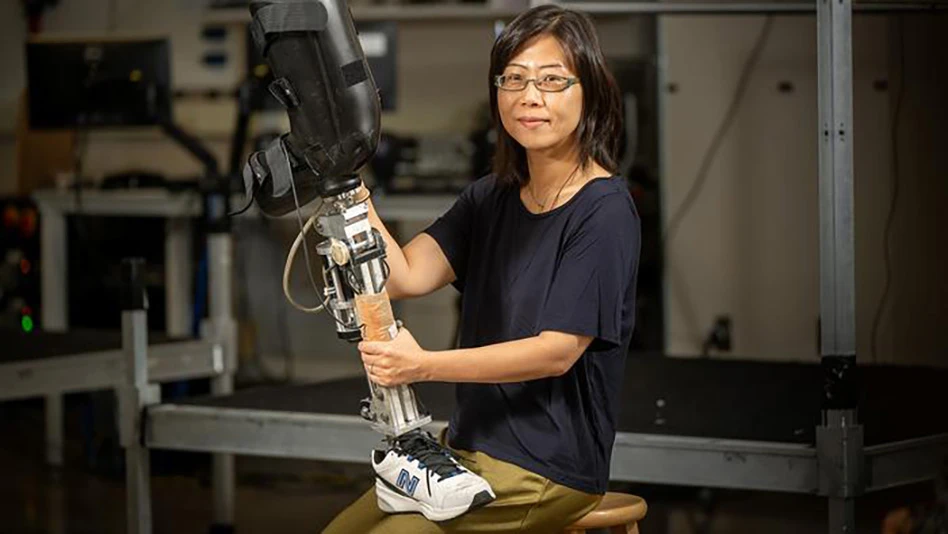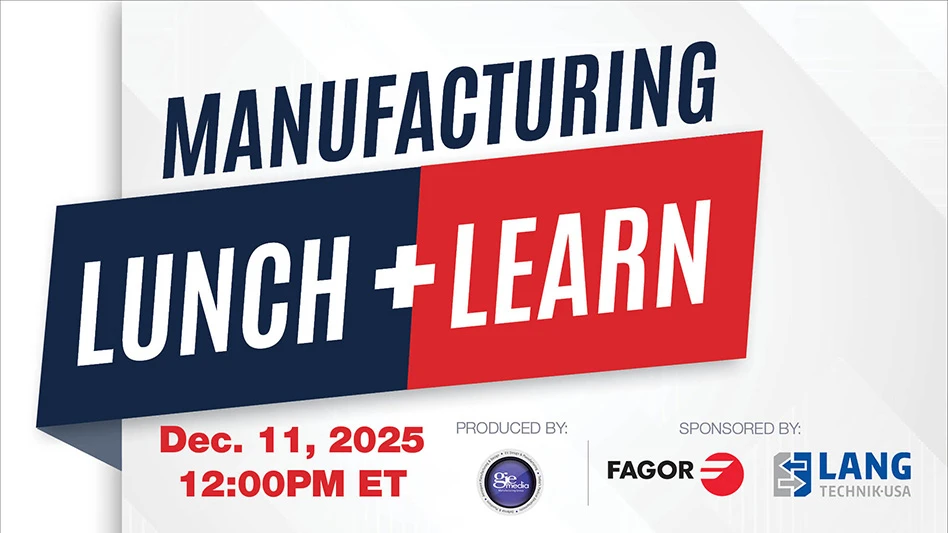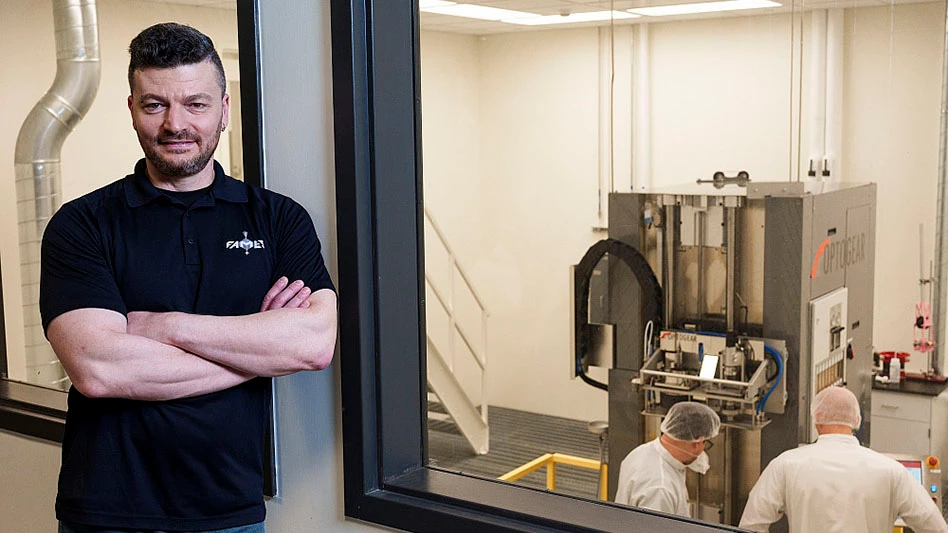In 1912 Fritz Studer established a small machine shop in Steffisburg, Switzerland. As he had no grinding machine for machining precise parts, he promptly built his own. With this he laid the foundation for Studer AG, the world leader in supplying complex grinding solutions and processes.
The largest employer in the Thun region of Switzerland, Fritz Studer AG in Steffisburg is celebrating its 100-year anniversary. Tireless dedication, a high level of professional expertise and the founder's extraordinary drive helped to overcome the start-up problems and subsequently win respect for the company and its products among experts throughout the world. Today, with one hundred years' experience, Studer is the market leader in precision cylindrical grinding. Some 800 dedicated staff, 95% of whose work is exported from the company headquarters, is responsible for this success. The technical specialists in the head office are supported by more than 300 representatives in 40 countries.
First Patent
In February 1912, with no assured work prospects and no manufacturing program, the young Fritz Studer (age, 33) patented a noiseless reversing table as his first invention. After the difficult times of World War I, the one-man company was converted into a corporation. Success followed with the improvement in the economic situation. In 1926, Fritz Studer AG manufactured the required watch stone machine tools for the newly established Watch Stones company in Thun and was able to equip the operation.
Continuous Development
At the beginning of the 30's, the workforce had increased to 36 employees. Despite the continuing economic crisis, the company produced 38 machines a year. This is due, not least, to large orders from Russia, where the first machine to be exported was delivered in 1931. These were the first successes of Alfred Studer, who had joined the company in 1929. In addition to planning expansions, he concentrated on developing a worldwide sales organization. After various building expansion stages in 1944, 1945 and 1956, the factory area had reached a size of 10,000 square meters in 1962. Since then the company has regularly expanded, due to developments in the latest production and manufacturing technologies.
Broad Product Range, Special Design
To test the market, Dr. Marc Studer, from the third Studer generation, presented machines in the colors Bordeaux red and white at several exhibitions. Following positive customer reaction, the decision was made to introduce this distinctive coloring in 1985. The machines of Fritz Studer AG should not only be better than those of the competition, but also more beautiful. The range of different machine types became ever broader: from conventional cylindrical grinding machines through to CNC cylindrical grinding machines for small to medium-sized workpieces. Single-purpose machines with optimized grinding cycles were added to the range for large-batch production, as well as a combined machine tool for process optimization and internal cylindrical grinding, with up to four internal grinding spindles. In the first hundred years of the company's history, Studer has delivered over 21,000 cylindrical grinding machines around the world.
The Körber-Schleifring Group
Structural problems in European machine tool manufacturers at the beginning of the 1990's made mergers and acquisitions inevitable. Since spring 1994, Fritz Studer AG has been part of the Körber-Schleifring Group, which includes companies in tool grinding, profile grinding, and cylindrical grinding. No competitor in the cylindrical grinding sector has more application know-how, none has a more extensive machine program or a denser service and dealer network than the combination of three cylindrical grinders — Studer, Schaudt, and Mikrosa.
Moving Ahead with Innovation
The continued development of such sophisticated technologies requires sharp minds as well as the use of premium products in production. Cutting-edge production concepts are mainstays and the embodiment of a company philosophy, which ensures advantages in all disciplines. Naturally, this also includes internal software and hardware development and collaboration with leading research institutes. Studers's technological expertise is underscored by a Customer Center and a Tech Center for more than 400 grinding trials and tests per year. In the future, Studer machines will be lighter and more dynamic. They will be characterized by additional intelligence and economy in energy consumption. Studer's ultimate aim is to reduce the CO2 emissions resulting during the manufacture and operation of its machines. More than 80 engineers and designers tackle such problems in the application center with its cutting-edge infrastructure.
Latest from Today's Medical Developments
- GrindingHub Americas launches in 2027 in Cincinnati, Ohio
- Methods Machine Tools now offers the Nakamura-Tome NT-Flex
- Battelle awards $900,000 in STEM education grants to Ohio schools
- #55 Lunch + Learn Podcast with KINEXON
- Starrett and Gerstner offer limited edition, American made 1950s replica wooden machinist tool chests
- EMCO’s UNIVERSALTURN 50: The new benchmark in universal turning
- Archetype's Expertise for Equity accelerates early-stage innovation
- Stratasys expands its AM solutions with Tritone's cutting-edge technology
